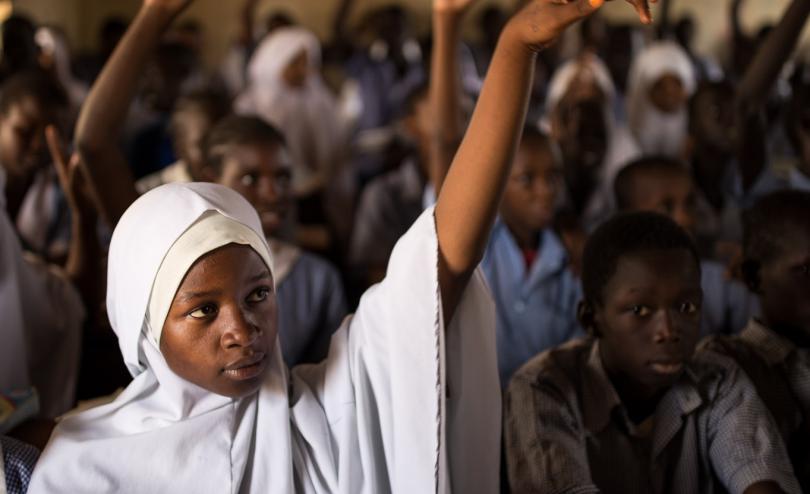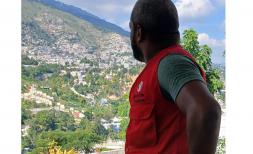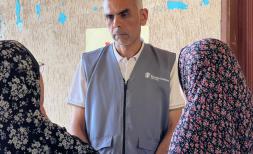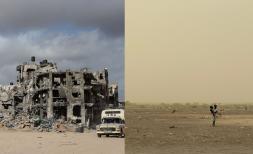Education is like oxygen for us

Those are the words of Shadia*, an adolescent refugee girl living in Dadaab refugee camp in northern Kenya. She knows that she cannot survive and thrive without a good education. She knows it’s the ticket to a better future for her and her family – the chance to fulfil her dreams of becoming a doctor.
Luckily, Shadia is one of the few refugee children who have been able to access education. Through an innovative solution provided by the World University Service of Canada she was able to access a remedial education programme for girls, which engages girls’ parents and carves out time for learning in supportive girls-only classroom environments.
But sadly, there are 3.5 million refugee children who are not in school, and many more who are in school, but not learning because of poor-quality teaching and a lack of educational resources. Refugee children are five times more likely to be out of school than non-refugee children. Just over half have access to primary education, but only 22%have the chance to attend secondary school.
This stands in stark contrast to the priority that refugee children, like Shadia, and their parents, put on education. They see schooling as a source of hope and opportunity, and they are right.
Catalysing solutions for refugee education requires increased funding and political will, but also new and improved ways of providing educational services. While innovative practices in refugee education exist, they are often not well known or understood outside of their context.
That’s why Save the Children, the UN refugee agency and Pearson, ‘the world’s learning company’, came together earlier this year to create the Promising Practices in Refugee Education initiative. It set out to identify, document and promote innovative ways to effectively reach refugee children and young people with quality educational opportunities.
We want to demonstrate that, in the face of huge challenges, many organisations, refugees and host communities have developed exciting and impactful programmes to reach refugees with good-quality education. By highlighting these promising practices, we can learn from them and share recommendations with policy-makers and staff working on the ground, to galvanise more support for programmes like these.
Today, at the UN General Assembly in New York we launched a new report which synthesises the key findings and lessons learned from more than 20 projects that were selected as part of the initiative. These practices come from work in different locations, with a variety of interventions tackling the challenges that children face, at all ages, to get an education.
Those projects have been used to identify 10 recommendations, grouped under three overarching pillars, aimed at improving refugee education policy and programming:
Approaching the immediate crisis with a long-term perspective
1. Strengthen inclusive national systems
2. Commit to predictable multi-year funding for education programming and research in refugee responses
3. Improve collaboration and develop innovative partnerships
Understanding different contexts and meeting distinct needs
4. Adopt user-centred design and empowering approaches
5. Establish diverse pathways that meet distinct needs
6. Use space and infrastructure creatively
Improving outcomes for all
7. Support teachers to help ensure quality
8. Prioritise both learning and well-being
9. Use technology as an enabling tool in pursuit of education outcomes
10. Build a robust evidence base
We call upon policy-makers and practitioners to act act on these recommendations, so that the millions of refugee children who desperately need an education have a greater chance of meeting their potential. With more resources and political will, more refugee children like Shadia can make their dreams a reality.
Watch Shadia in this video about the Promising Practices in Refugee Education
Read about all 20 case studies on the Promising Practices in Refugee Education website







